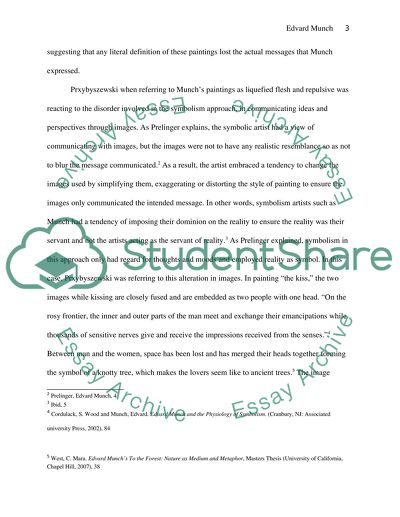Cite this document
(“Liquified flesh in edvard munch's paintings Research Paper”, n.d.)
Retrieved de https://studentshare.org/visual-arts-film-studies/1497476-liquified-flesh-in-edvard-munch-s-paintings
Retrieved de https://studentshare.org/visual-arts-film-studies/1497476-liquified-flesh-in-edvard-munch-s-paintings
(Liquified Flesh in Edvard munch'S Paintings Research Paper)
https://studentshare.org/visual-arts-film-studies/1497476-liquified-flesh-in-edvard-munch-s-paintings.
https://studentshare.org/visual-arts-film-studies/1497476-liquified-flesh-in-edvard-munch-s-paintings.
“Liquified Flesh in Edvard munch'S Paintings Research Paper”, n.d. https://studentshare.org/visual-arts-film-studies/1497476-liquified-flesh-in-edvard-munch-s-paintings.


